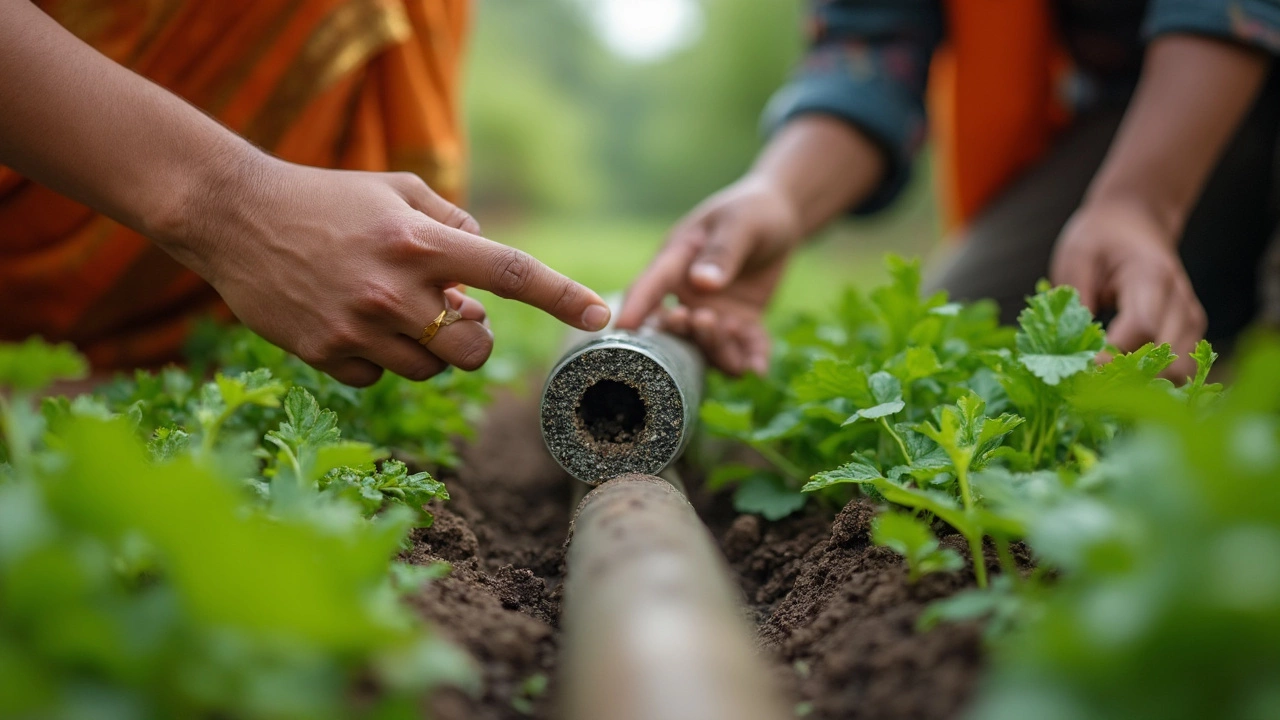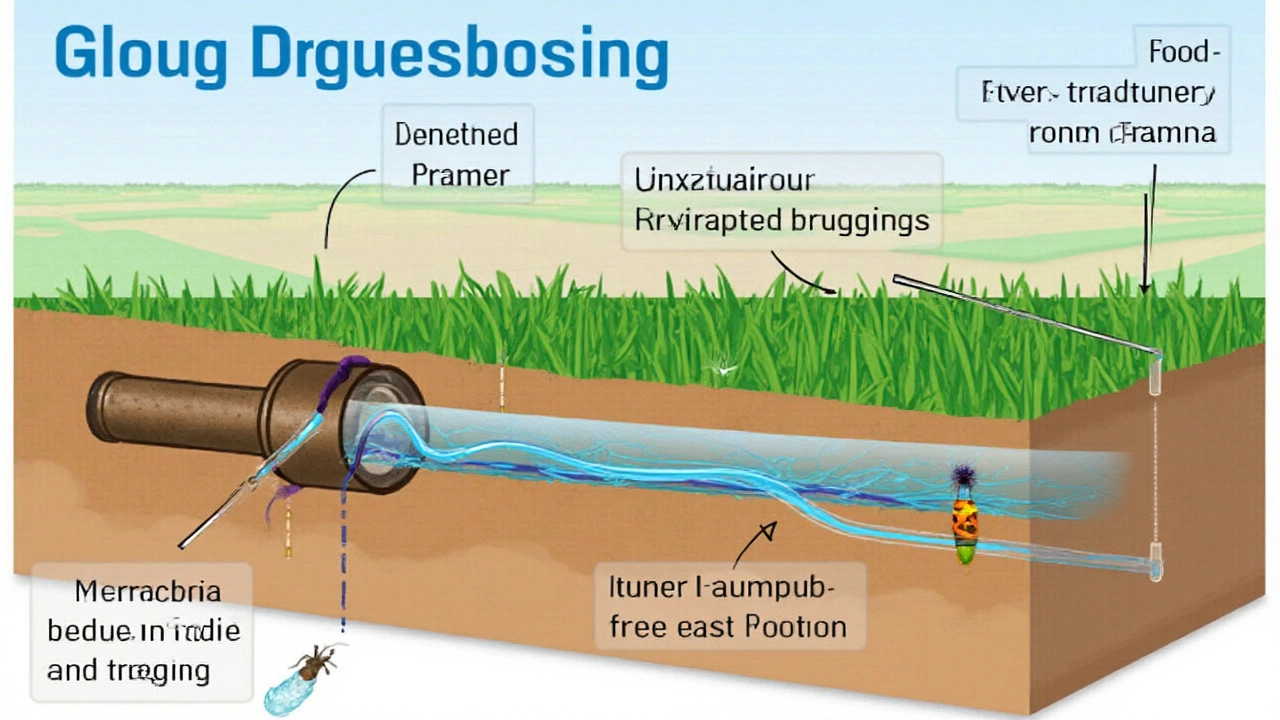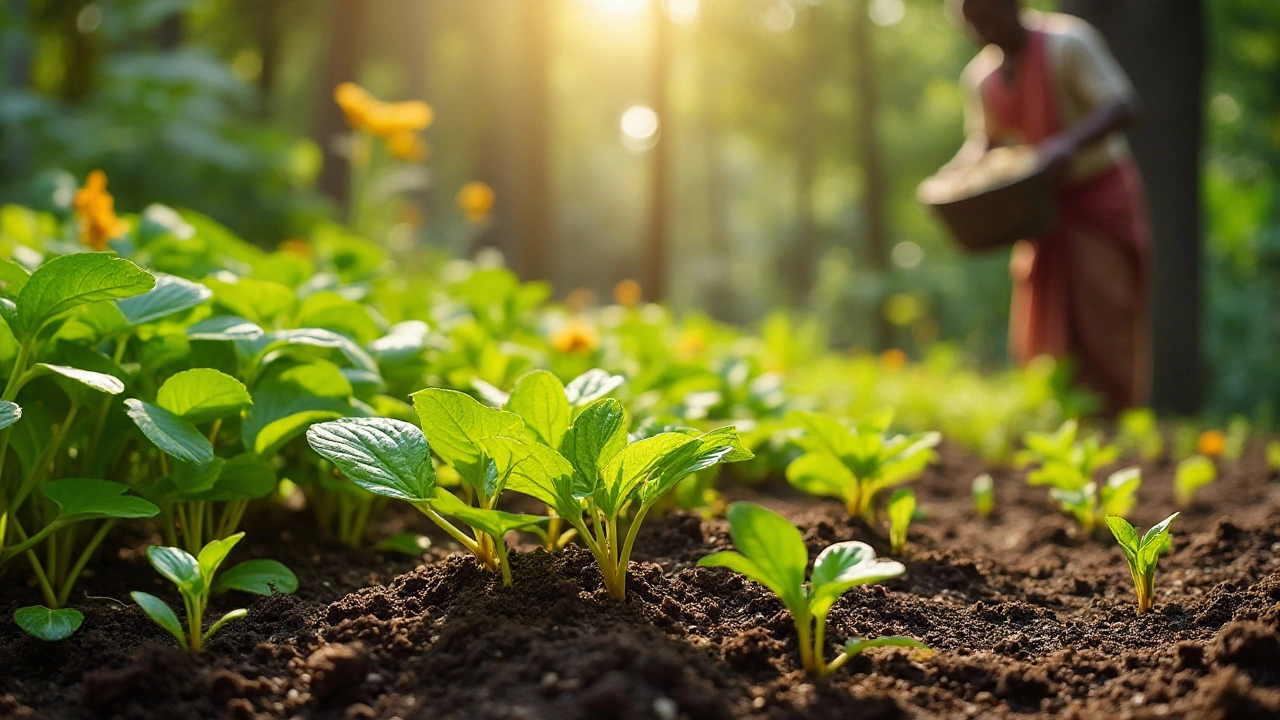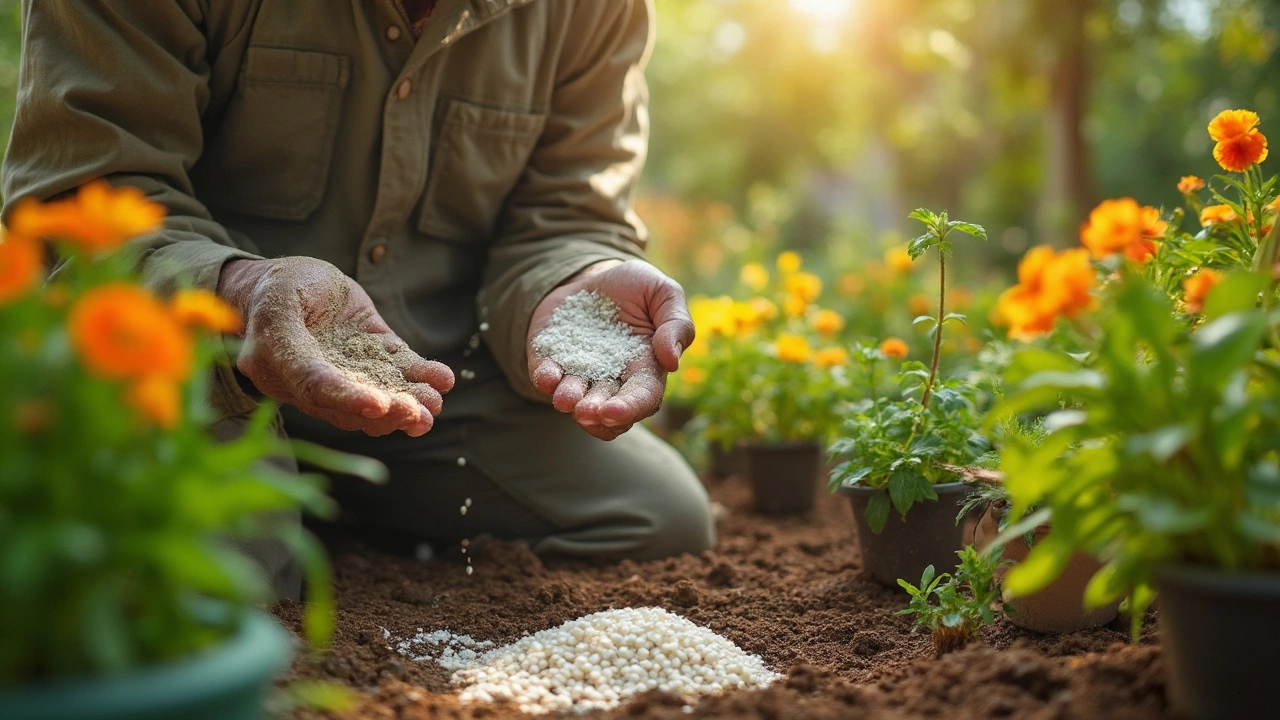Drip Line Clogging: Why It Happens and How to Fix It

You know that moment when you’re watering your plants and realize a chunk of them looks thirstier than the rest? Nine times out of ten, it’s your drip line playing villain. Clogs in a drip irrigation system are a pain, whether you’re growing tomatoes, or just grass in the backyard.
The culprits are usually basic but relentless: tiny bits of dirt, leftover fertilizer, old leaves, and even ants finding a home in your tubing. It doesn’t take much—just a tiny particle stuck in an emitter, and suddenly that perfect slow drip turns into a stubborn no-drip.
Here’s the wild part—sometimes it’s not even something you did wrong. If your water source is full of minerals, metals, or just plain gritty, it’s almost like inviting trouble into the system. Honestly, even city water isn’t always “clean” enough for those tiny drip emitters.
Filters do help, but only if you actually clean or replace them (yeah, I’ve been guilty of forgetting). And don’t overlook the role pests play—if you’ve ever pulled apart a line and found a bug burial ground, you know what I mean. If your drip system is acting up, there’s always a reason—and fixing it usually starts with figuring out exactly what’s causing the backup.
- Common Reasons Drip Lines Get Clogged
- How Water Quality Makes Things Worse
- Prevention Strategies that Actually Work
- Easy Fixes When Lines Are Already Blocked
Common Reasons Drip Lines Get Clogged
If your plants are suddenly parched and your drip line clogging headache keeps coming back, you’re not alone. Most clogs aren’t mysterious. They usually come down to a short list of fixable stuff.
- Dirt and Sand: Even tiny grains can sneak past weak filters and build up inside tubing or emitters. Just one stubborn piece jams the whole thing up.
- Algae Growth: Water with sunlight exposure will invite green gunk to thrive, especially in older, clear or damaged tubes. Any sign of slime, and you know what’s causing the problem.
- Mineral Deposits: Hard water is notorious for leaving behind calcium or iron, clogging emitters over time. Some places in the US have water with over 120 ppm calcium—plenty to cause trouble fast.
- Rust and Metal Flakes: If you’re using metal pipes anywhere in your system and they’re starting to corrode, welcome to flake city. These chunks travel and settle right where you don’t want them.
- Pests and Debris: Insects crawl in looking for water. Spiders weave webs, ants love the hidden tunnels, and the occasional bit of leaf finds a way in, especially after a storm.
- Poor Filter Maintenance: A clogged or torn filter turns your whole system into an open door for gunk.
Here’s a quick look at what usually blocks systems and how often pros find it’s the culprit:
| Clog Type | Percent of Reported Issues |
|---|---|
| Mineral Deposits | 32% |
| Dirt/Sand | 27% |
| Algae/Biofilm | 18% |
| Pests | 13% |
| Other Debris | 10% |
That’s the quick rundown. Most clogs are a combo of these main things. If you keep seeing the same section of your garden drying out, odds are it’s one of these troublemakers in the mix.
How Water Quality Makes Things Worse
Think your water is basically clean because it comes from a tap or well? Not so fast. When it comes to drip line clogging, the real troublemakers are what you can’t see—minerals, tiny particles, and sometimes bacteria. This stuff gets into the tubes and makes a mess over time.
Let’s break down exactly what’s going on. Hard water, which is just water loaded with minerals like calcium and magnesium, leaves behind scale. It’s like the white crust you see in old kettles, but now it’s getting jammed in your emitters, narrowing the flow until nothing comes out. If you use well water, you can get even more buildup, along with bits of sand or rust if your pumping equipment’s a bit old-school.
If your water’s got lots of iron, here’s a surprise: certain bacteria can actually “eat” it, leaving orange slime that blocks everything in your system. Even city water can carry tiny bits of grit that slip past a cheap or dirty filter. Over time, these invisible problems turn into full-on blockages that you usually catch too late—like when your tomatoes are droopy and mad.
| Issue | What It Does |
|---|---|
| High Calcium/Magnesium (Hard Water) | Leads to mineral scale buildup inside lines |
| Sand/Sediment | Physically blocks emitters and lines |
| Iron Bacteria | Produces slimy deposits in tubing |
| Organic Matter | Adds to gunk that clogs emitters |
| High pH | Makes it easier for minerals to settle out |
This is why folks who ignore water quality end up doing way more maintenance on their systems. You can test your water with a $20 kit from your local hardware store—totally worth it. If your water’s got issues, adding a proper filter or even a treatment system is a game changer.
- Use a sediment filter for well water.
- If you have hard water, consider a water softener (or at least flush your lines more often).
- Clean your filters every month, not every season.
- If iron bacteria are a problem, shock-chlorinate your system once in a while (just follow local rules).
Getting ahead of the problem with regular water checks and the right filters can save you hours messing around with blocked lines and wilted plants.

Prevention Strategies that Actually Work
Stopping clogs before they start beats scrubbing stubborn emitters any day. There are a few key habits and tools that really make a difference with your drip irrigation system.
- Drip line clogging almost always starts with dirty water, so a good filter is non-negotiable. Use a screen or disc filter rated for at least 120 mesh. This catches stuff you can’t even see but can definitely ruin your emitters. If your water is super murky or comes from a well, you might need two filters in line.
- Flush your whole system. Schedule it once a month; just pop off the line end caps and let the water blast out gunk. For brand-new setups or after fertilizing, do this immediately.
- If you use fertilizer injectors, always dissolve the fertilizer completely. Clumps end up as perfect clog material. If anything looks chunky, filter it twice before it hits the lines.
- Check emitters each season—especially before summer kicks in. If all you see is a trickle or nothing at all, pull out the emitter to clean or swap it.
- Keeps pests out by capping ends tightly after flushing and checking for cracks in the tubing where little bugs can squeeze in.
Here’s a quick look at how often you should handle each chore, based on what pros and gear manufacturers suggest:
| Task | Recommended Frequency |
|---|---|
| Flush Lines | Every 4 weeks (monthly) |
| Clean/Replace Filters | Every 2-4 weeks, or after heavy use |
| Check and Clean Emitters | Once per season or as needed |
| Dissolve and Filter Fertilizer | Every time you fertilize |
| Inspect for Leaks & Pest Intrusion | Every 2 months |
Each of these habits pays off by keeping water running smooth and plants happy, so you can spend less time fiddling with tubing and more time actually enjoying your garden.
Easy Fixes When Lines Are Already Blocked
Stuck with a clogged drip line? Don’t toss the whole system—there are a few quick things you can try that work for most blockages. Getting water flowing again isn’t rocket science, but paying attention to the right steps makes all the difference.
- Flush the Lines: Start by opening the end caps on your drip lines and letting water run through at full pressure for a minute or two. A good flush can clear out dirt, sand, or any bug debris hanging out inside the tube. This is the simplest way to handle small clogs before busting out more tools.
- Unclog Emitters by Hand: If you spot an emitter (the little device where water comes out) that’s not dripping, gently unscrew or pop it off. Run water through the empty opening for a second, then soak the clogged emitter in a cup of vinegar or warm water to dissolve mineral buildup. Use a toothpick to poke out any gunk—just be gentle so you don’t enlarge the hole.
- Replace Filters: A dirty or blocked filter will stop flow in more than just one spot, so always check there if you’ve got multiple dry zones. Filters come apart pretty easily. Rinse them under running water or swap out disposable ones, then test the system before closing it up.
- Look for Crushed or Bent Tubing: Sometimes it’s not a clog, but a kink in the line. Straighten any pinched sections and check for stored hoses that got twisted or flattened.
- Use the Right Cleaner: If you're dealing with hard water, a mix of vinegar and water (about one part vinegar to three parts water) makes a solid soak for tougher mineral deposits. Commercial drip line cleaners are out there too if you need heavy-duty help—just make sure they’re safe for plants.
Here's an extra pro move: Once everything’s clean, flush the system again before sealing it shut. This clears anything you just loosened so it doesn't get stuck farther down the line. With these steps, you can get your drip line clogging nightmare under control without calling a pro or replacing every part.





